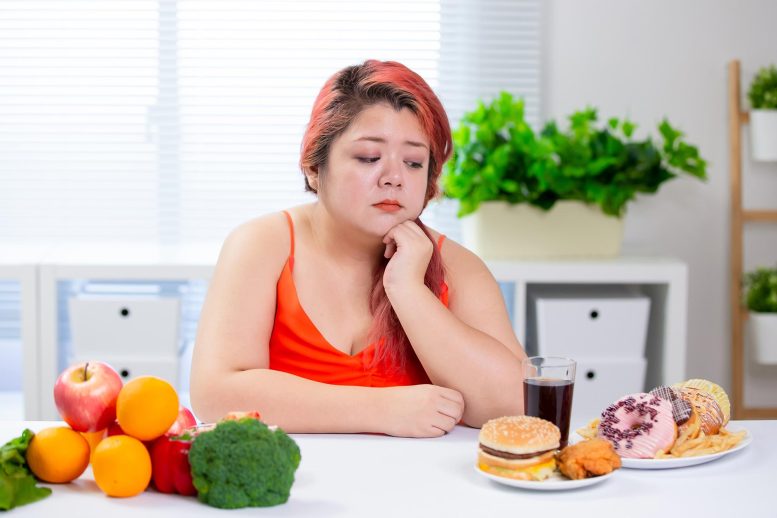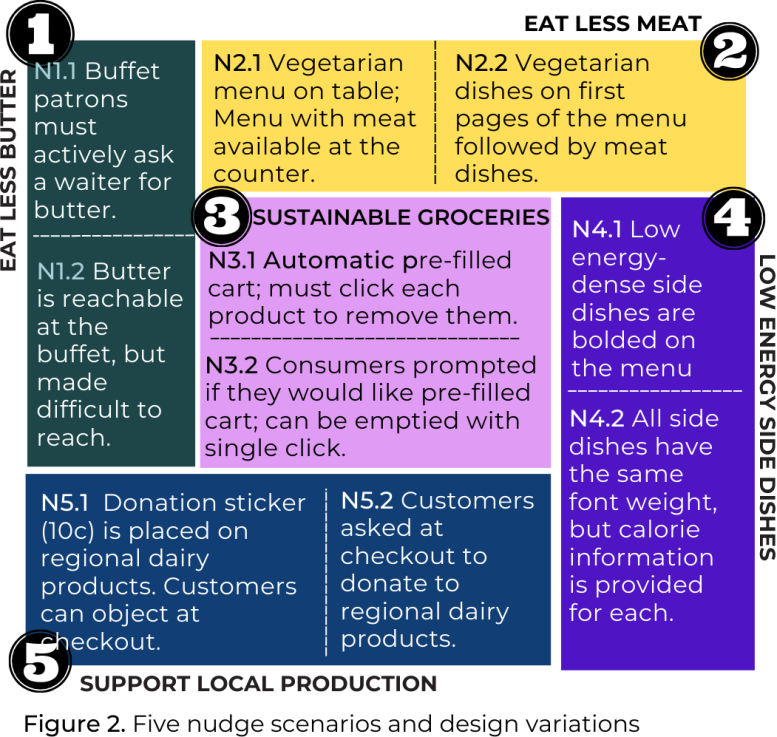
Research reveals that public support for nudges in promoting healthier and sustainable choices increases with efforts to reduce opt-out difficulty and enhance transparency. Maintaining free choice perception and nudges’ effectiveness are critical for public approval.
It might come as a surprise, but the concept of “nudge” has been employed by companies, policy-makers, and governments for quite some time as a strategy to gently influence public decisions. Subtle alterations in our surroundings can steer us towards certain actions without limiting our choices. For instance, highlighting low-calorie dishes in bold on a menu or displaying calorie content can influence what we choose to eat.
But does the public support this? And how do subtleties in how ‘nudge’ interventions are designed affect support, if at all? Research led by the Universities of Göttingen and Bonn set out to examine public support for nudge scenarios with different design variations, each aimed at promoting healthy and/or sustainable food choices.
The researchers showed there were two promising ways to improve public support for nudging strategies: reducing the effort people must expend to avoid the nudged option they would usually want to follow; and improving the transparency of the nudge. The results were published in BMC Public Health.
Consumer Reactions to Nudge Strategies
People can be nudged to make a certain choice by making it the default option. For instance, rather than offering butter automatically at a restaurant by default, restaurants could make it so that butter is only available upon active request. This type of nudge – known as a “default nudge” – can be effective, but it can be unpopular relative to other nudging strategies.

Researchers conducted an online survey to analyse support for five different nudge scenarios. Then, one aspect of the design was changed, allowing the researchers to pinpoint how these design variations affected public support. Credit: Simone Wahnschafft
Researchers set out to analyze consumer reaction by conducting an online survey on a sample (N = 451) of German adults, who were presented with five nudge scenarios and prompted to rate their support for each. Participants were also asked in each scenario to indicate what their typical behavior would be (i.e., would you usually eat butter in a restaurant), the extent to which they perceived the nudge to intrude upon their freedom of choice, and how effective they believed the nudge would be.
Participants then answered the same questions for a variation of each nudge scenario in which one aspect of the design was changed, allowing the researchers to pinpoint how these design variations affected public support.
Improving Public Support for Nudges
The researchers discovered that some designs were more promising than others for improving public support. For instance, reducing the effort needed to opt out of the nudged option – such as by presenting vegetarian dishes on the first pages of a menu followed by meat dishes, rather than providing only a vegetarian menu on the table with a menu with meat options available on request – increased support.
Similarly, increasing the transparency of the nudge itself, such as by asking participants whether they preferred a pre-filled ‘climate-friendly’ online grocery cart rather than simply offering it by default, increased support. With regard to predicting the level of support, the perception that nudges intruded upon free choice was the most important driver of non-acceptance, whereas the perception of effectiveness was the most salient driver of acceptance.
“Understanding public support – and its drivers – is important for designing politically viable, ethical, and effective nudges,” says first author Simone Wahnschafft at Göttingen University’s Sustainable Food Systems research group. “We were surprised to find that the personal circumstances of our participants and whether their own behavior would be affected by the nudge had little effect on their support. We found that the perception of upholding free choice and of effectiveness were key to public support.” This study opens up avenues for future research into how ‘sweet spots’ can be found for default nudges that are both effective and widely supported.
Reference: “Public acceptance of default nudges to promote healthy and sustainable food choices” by Dominic Lemken, Simone Wahnschafft and Carolin Eggers, 22 November 2023, BMC Public Health.
DOI: 10.1186/s12889-023-17127-z
This research was made possible thanks to funding from the German Research Foundation (DFG).









I am reading this on March first, but it made look to see if was April first. From the title, I expected this article about the ad machine nudging people to eat unhealthily, such as a tempting tray of fudge they are trying to nudge.